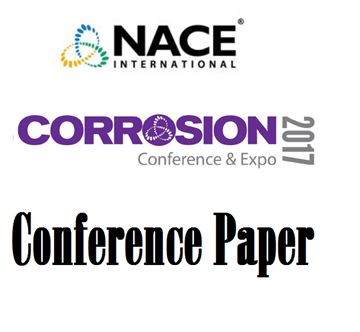Search
02033 BIOCIDE REPLACEMENT BY NITRATE IN SEA WATER INJECTION SYSTEMS
Also Purchased
Comprehensive Approach to Oxygen Corrosion Analysis of Water Injection Systems
Product Number:
51315-5962-SG
ISBN:
5962 2015 CP
Publication Date:
2015
$0.00
Under-Deposit Corrosion in a Sub-Sea Water Injection Pipeline—A Case Study
Product Number:
51317--8973-SG
ISBN:
8973 2017 CP
Publication Date:
2017
$20.00
07511 Mitigation of Microbiologically Influenced Corrosion in Water Injection
Product Number:
51300-07511-SG
ISBN:
07511 2007 CP
Publication Date:
2007
$20.00




